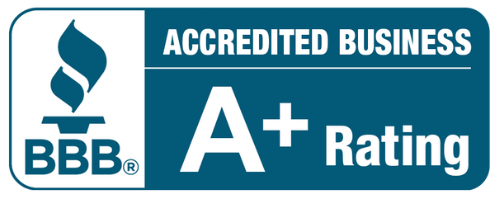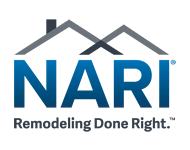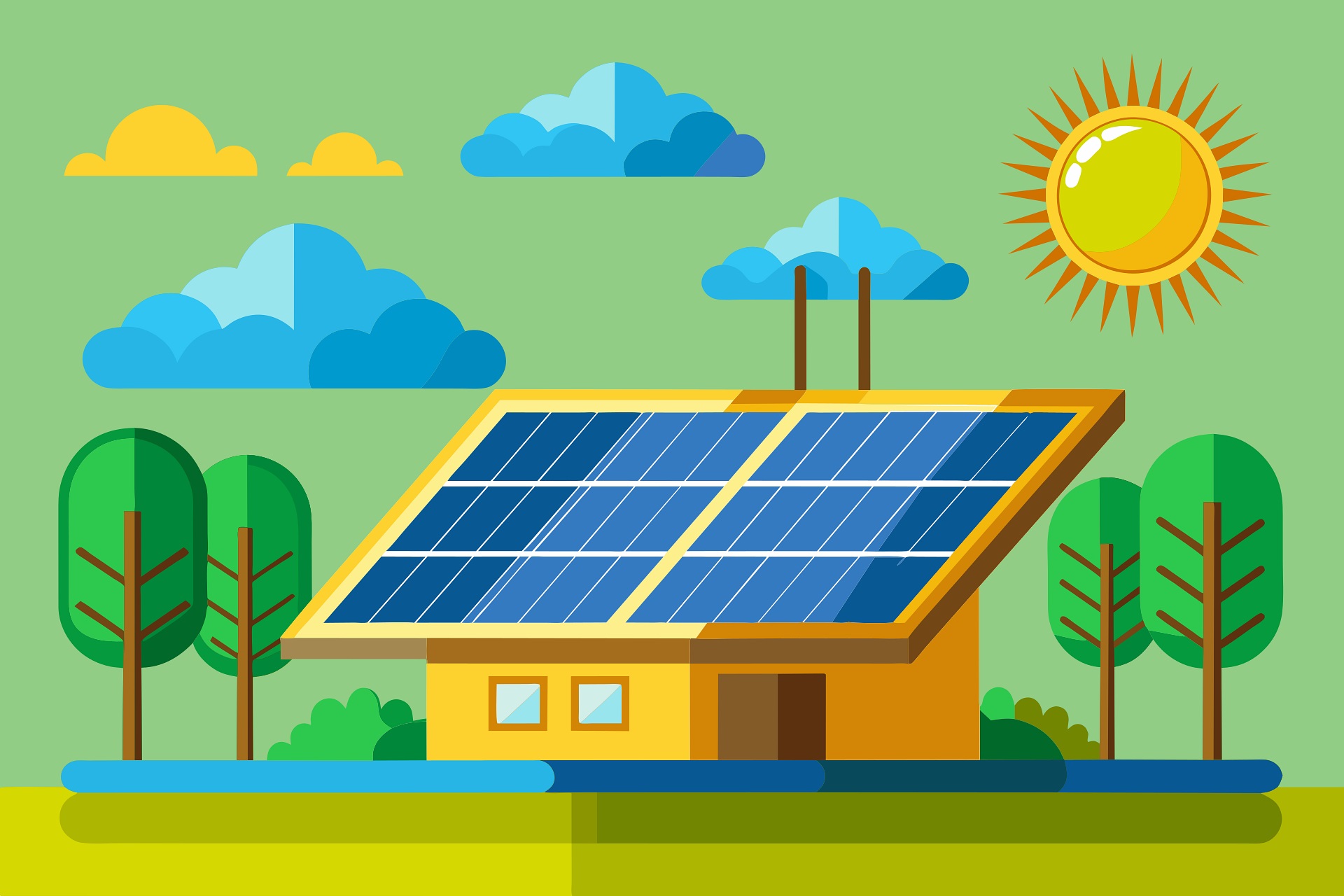
As homeowners look to enhance the functionality and eco-friendliness of their living spaces, the incorporation of renewable energy systems, energy-efficient appliances, and passive design strategies emerges as a transformative approach. So, let’s discuss some sustainable solutions in remodeling projects and explore innovative ways to create environmentally conscious and comfortable homes!
Energy-efficient appliances and fixtures
If you’re hesitant to tackle exterior renovations like installing solar panels, energy-efficient appliances and fixtures are a solid option. Picking up appliances with Energy Star ratings is a prudent choice as they are specifically designed to minimize energy consumption. All while still delivering top-notch performance, too. From refrigerators and dishwashers to light bulbs and faucets, there exists a wide array of products that prioritize energy efficiency. Furthermore, paying attention to fixtures such as low-flow toilets and aerated faucets can significantly contribute to water conservation efforts. This can nicely complement the eco-friendly nature of your remodeling project.
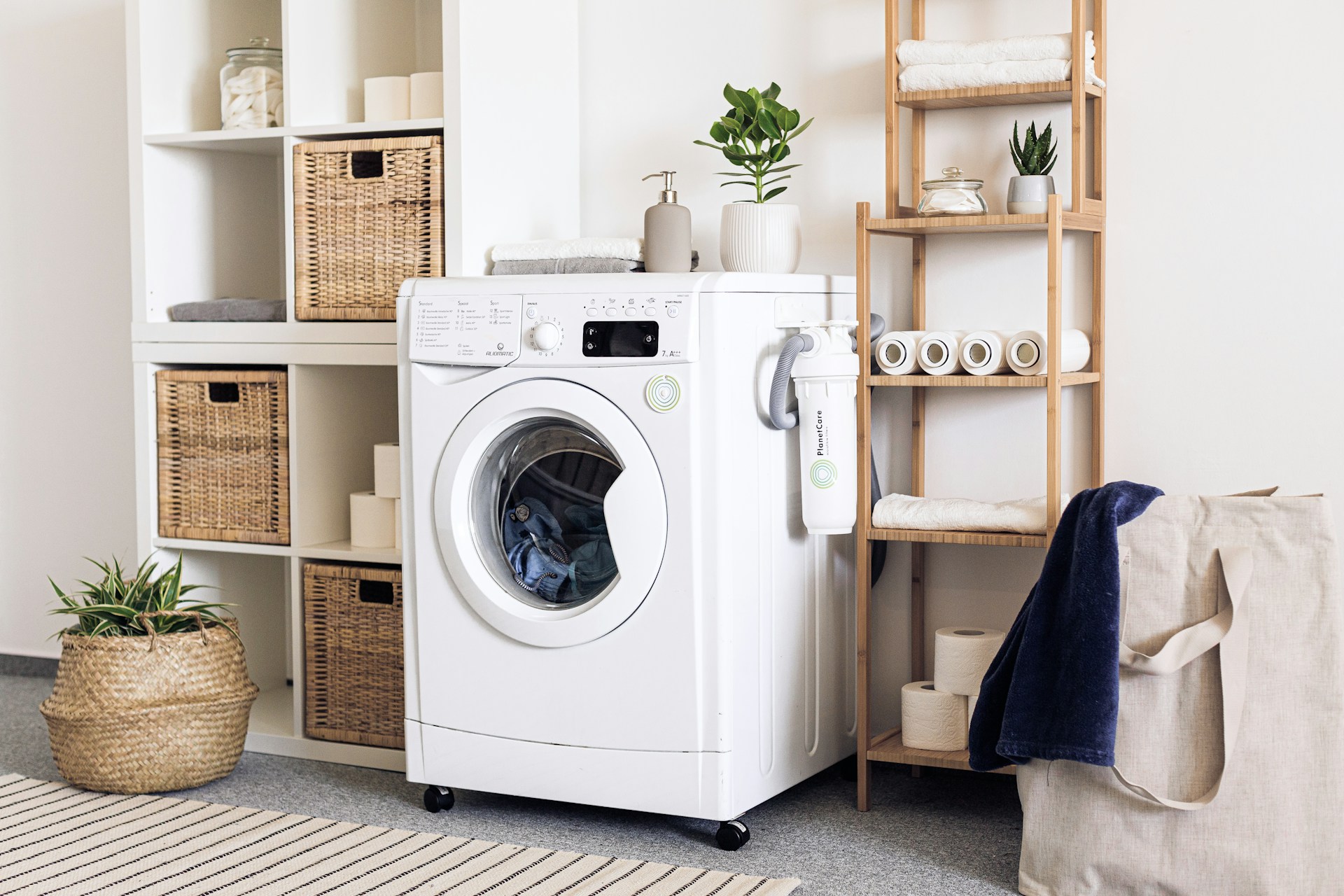
Smart home technologies
Smart home tech offers unparalleled convenience and efficiency, including smart thermostats, lighting, and energy monitoring systems. By seamlessly integrating these technologies, homeowners can optimize energy usage, reduce wastage, and lower utility bills. For example, smart thermostats allow for precise temperature control, providing comfort while minimizing energy consumption. Similarly, smart lighting systems offer customizable settings and remote access, enabling users to create the perfect ambiance while conserving energy. Finally, energy monitoring systems provide valuable insights into energy usage patterns, empowering homeowners to decide their consumption habits.
Energy storage solutions
Energy storage solutions, such as batteries and thermal storage systems, play a big role in optimizing renewable energy utilization. Batteries, for instance, allow homeowners to store excess energy generated from sources like solar panels for later use. This reduces reliance on the grid and provides backup power during outages. In other words, it is particularly beneficial when adapting to rural living where using renewable energy can help achieve savings and prevent issues caused by outages. This way, you can make living in a smaller town much more viable and convenient! Similarly, thermal storage systems utilize water or phase-change materials to store heat, offering efficient heating and cooling.
Passive design strategies
Harnessing natural elements such as sunlight and airflow provides passive design techniques like maximizing natural lighting and ventilation. In fact, they can even work to optimize insulation and thermal mass, significantly reducing the need for heating and cooling. For example, strategically placed windows and skylights to capture sunlight during the day can minimize reliance on artificial lighting. Meanwhile, proper insulation and thermal mass materials can help maintain comfortable indoor temperatures year-round. Additionally, passive design strategies can improve indoor air quality and overall comfort levels, creating healthier living spaces for occupants.
Building Integrated Photovoltaics (BIPV)
Unlike traditional solar panels, BIPV systems are seamlessly integrated into building materials such as roofs, windows, and facades. This offers both functionality and aesthetics. So, these innovative systems generate electricity and even enhance the architectural appeal of homes and buildings! With advancements in technology, BIPV solutions are becoming more versatile and adaptable to various design styles and requirements. Besides, BIPV systems can extend beyond the confines of buildings and be incorporated into outdoor spaces, such as pergolas or pavilions. This means that they can both provide shade and generate clean energy simultaneously. This versatility allows for creative applications of BIPV in both residential and commercial settings. It can even be used when renovating your backyard, offering sustainable solutions for outdoor living spaces.
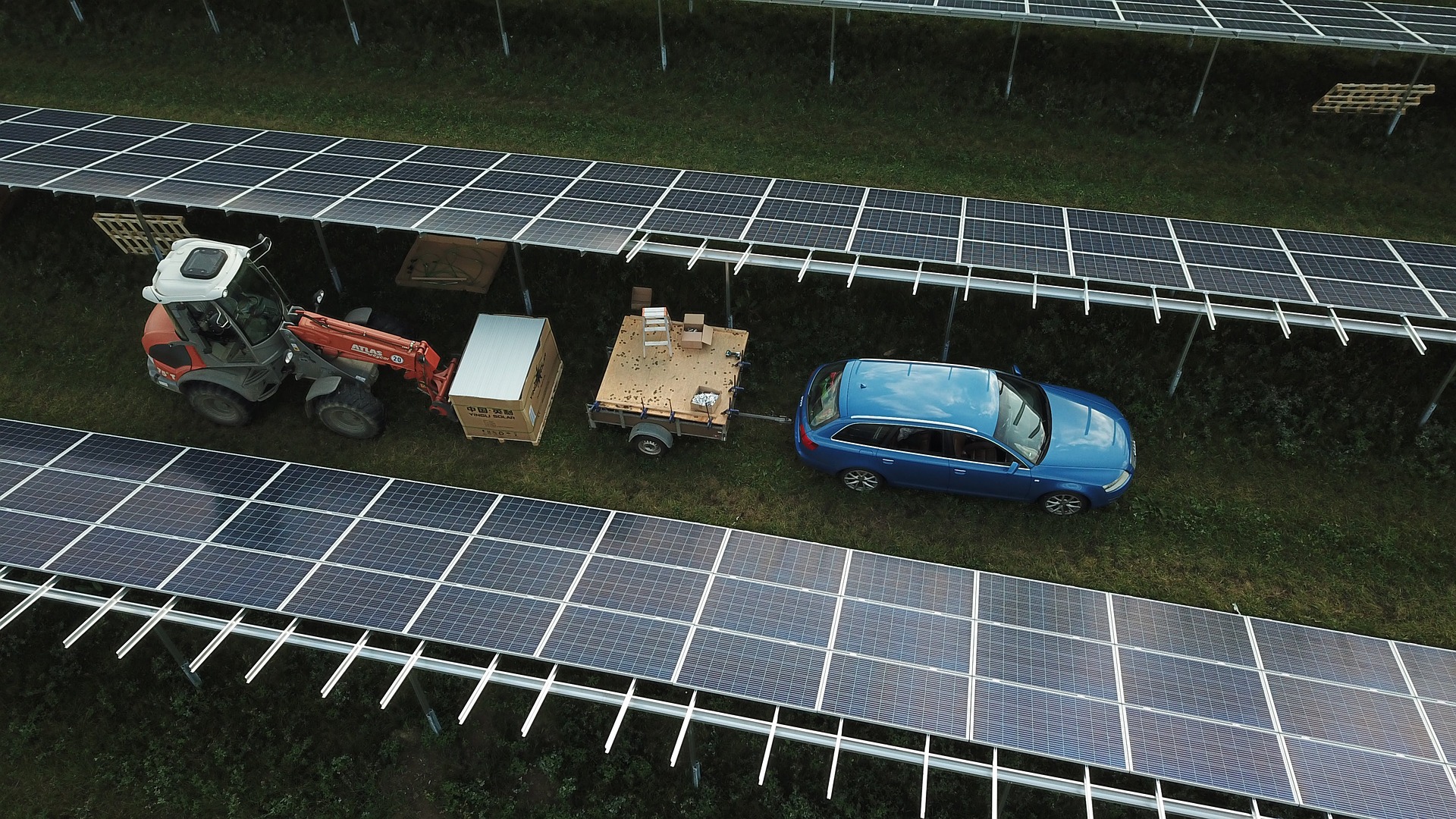
Financing and incentives
Financing and incentives play a big role in making renewable energy integration more accessible and affordable. Various financing options include loans, financing programs, and solar leasing agreements. These can easily help cover the upfront costs of installing renewable energy systems! Of course, government incentives and rebates, such as federal tax credits and state or local incentives, also provide financial support and incentives for adopting renewable energy technologies. These incentives can significantly reduce the overall cost of renewable energy installations, making them more financially viable for homeowners.
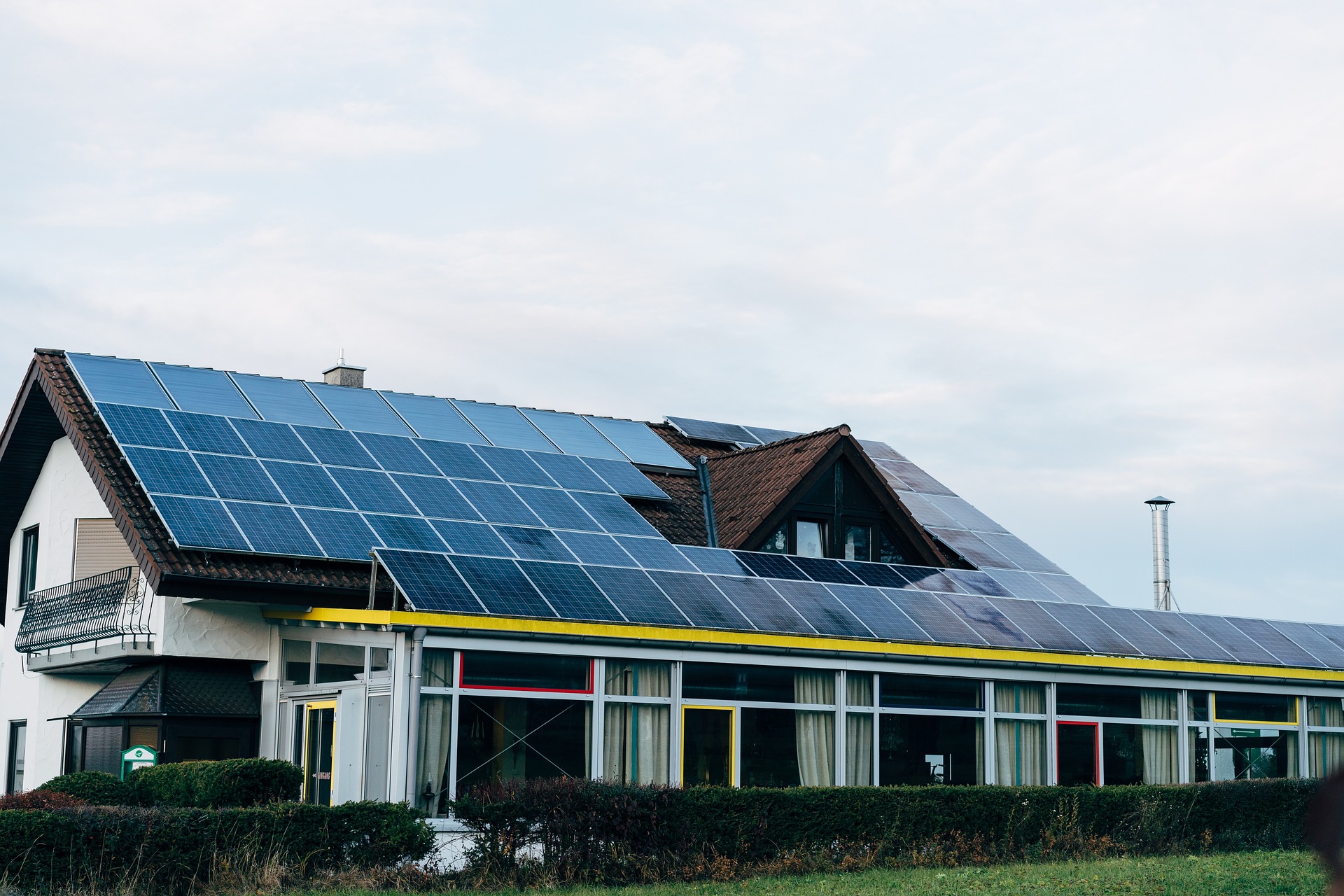
Regulatory and permitting considerations
Understanding local regulations related to solar panels, wind turbines, and other renewable energy technologies is crucial to maintain compliance and avoid potential setbacks. Obtaining the necessary permits for installation is often a prerequisite and may involve submitting detailed plans and documentation to local authorities. Similarly, homeowners should be aware of any homeowner association (HOA) restrictions or covenants that may impact their ability to install renewable energy systems. Proactively addressing regulatory and permitting requirements allows homeowners to streamline the remodeling process and avoid costly delays or fines. Consulting with professionals familiar with local regulations can also provide valuable guidance and a smoother transition to sustainable energy solutions.
Monitoring and maintenance
Even if you install the best sustainable solutions in remodeling projects, they still require monitoring and maintenance. By implementing a proactive monitoring approach, homeowners can promptly identify and address any potential issues or inefficiencies. This includes regularly checking the performance of solar panels, wind turbines, and energy storage systems to ensure they operate at peak efficiency. From there, conducting routine maintenance tasks such as cleaning solar panels, inspecting equipment for wear and tear, and replacing components as needed can help prevent breakdowns and maximize the lifespan of renewable energy systems. Investing in a monitoring and maintenance plan tailored to the specific needs of the installed systems can provide homeowners with peace of mind and confidence in the reliability of their sustainable energy solutions for years to come!
Contractor selection and collaboration
Partnering with skilled professionals with expertise in renewable energy systems is necessary to achieve optimal results. So, when selecting contractors, it’s imperative to thoroughly research their qualifications, credentials, and track record in executing similar projects. By meticulously vetting potential candidates, homeowners can ensure they work with the right contractors who deliver quality workmanship. Not to mention, adhere to project timelines and budgets! Of course, effective collaboration between homeowners and contractors is still necessary to achieve alignment on project goals, timelines, and expectations. So, maintain open communication channels and foster a collaborative working relationship to facilitate the exchange of ideas, address any concerns or challenges that may arise, and guarantee a seamless and successful remodeling project. This way, you can navigate the complexities of renewable energy integration with confidence and achieve your sustainability goals.
Working on sustainable solutions in remodeling projects
As you can see, embracing sustainable solutions in remodeling projects benefits individual homeowners and contributes to a more environmentally conscious society. So, as we continue to innovate and explore new technologies, let us remain committed to building a brighter, greener future!

